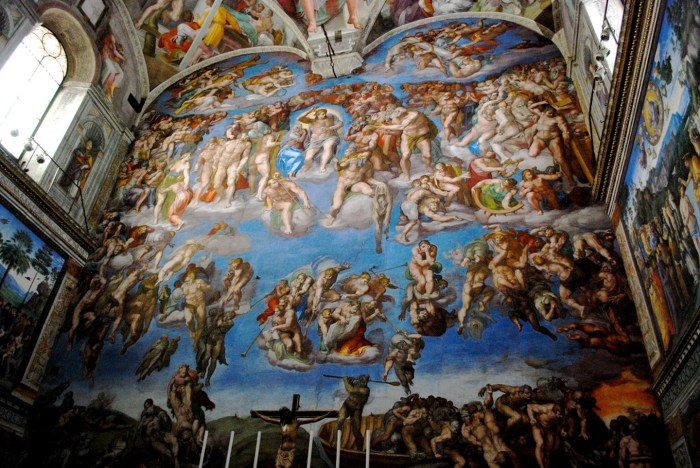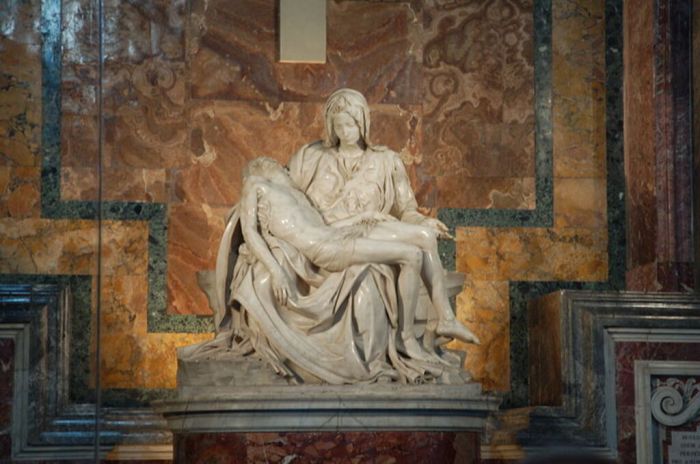What beethoven did in his 30s and 40s – Beethoven’s Creative Zenith: Exploring His 30s and 40s offers an unparalleled exploration of the transformative years that shaped one of music’s most enigmatic figures. From the profound impact of deafness to the outpouring of masterpieces, this narrative delves into the complexities of Beethoven’s life and art during this pivotal period.
This in-depth analysis examines the personal struggles and triumphs that fueled Beethoven’s artistic evolution, the innovative compositions that redefined musical boundaries, and the lasting legacy that continues to inspire generations.
Beethoven’s Deafness and its Impact on His Compositions: What Beethoven Did In His 30s And 40s

Beethoven’s progressive deafness, which began in his 30s, profoundly influenced his creative process and musical style. Despite the physical challenges it presented, his deafness heightened his sensitivity to music, allowing him to explore new sonic possibilities.Works like the “Eroica” Symphony (1804) and the “Waldstein” Sonata (1803) exhibit a departure from traditional harmonic and melodic conventions.
The increased use of dissonance and abrupt modulations reflects his altered perception of sound.In his personal life, Beethoven’s deafness led to social isolation and frustration. Yet, it also became a source of inspiration, driving him to create some of his most enduring works.
Major Compositions from His 30s and 40s

| Composition | Date | Significance |
|---|---|---|
| “Eroica” Symphony (No. 3) | 1804 | Marked a turning point in Beethoven’s style, with its heroic themes and expanded orchestration. |
| “Waldstein” Sonata (Piano Sonata No. 21) | 1803 | Demonstrated his mastery of the sonata form and showcased his innovative use of dissonance. |
| “Moonlight” Sonata (Piano Sonata No. 14) | 1801 | One of Beethoven’s most famous and beloved compositions, known for its ethereal and lyrical qualities. |
| Violin Concerto | 1806 | A virtuosic work that pushed the boundaries of violin technique. |
| Symphony No. 5 | 1808 | Widely regarded as one of the greatest symphonies ever written, with its iconic opening motif. |
Beethoven’s Personal Struggles and Triumphs

* 1802: Beethoven’s deafness becomes noticeable.
1804
Premiere of the “Eroica” Symphony, a critical success.
1806
Beethoven falls in love with the Immortal Beloved, but the relationship ends tragically.
1812
Premiere of Symphony No. 7, a work of resilience and triumph.
1814
Beethoven’s deafness becomes severe, forcing him to rely on a conversation book.
Beethoven’s Influence on Other Composers

Beethoven’s music had a profound influence on subsequent generations of composers, including:* Franz Schubert: Beethoven’s lyrical melodies and harmonic innovations inspired Schubert’s own Romantic style.
Frédéric Chopin
Beethoven’s piano sonatas influenced Chopin’s own virtuosic and expressive piano works.
Johannes Brahms
Beethoven’s symphonic and chamber music served as models for Brahms’s own compositions.
Question & Answer Hub
What were the major themes explored in Beethoven’s compositions during his 30s and 40s?
Beethoven’s works from this period often grappled with themes of heroism, struggle, and triumph over adversity, reflecting his personal experiences and philosophical beliefs.
How did Beethoven’s deafness affect his creative process?
Beethoven’s deafness profoundly influenced his compositions, leading him to experiment with new harmonies and textures. It also deepened his emotional expression, resulting in works of great intensity and pathos.
What are some of the most significant compositions Beethoven produced in his 30s and 40s?
Notable works from this period include the “Eroica” Symphony, the “Emperor” Concerto, and the Ninth Symphony, which features the iconic “Ode to Joy.”